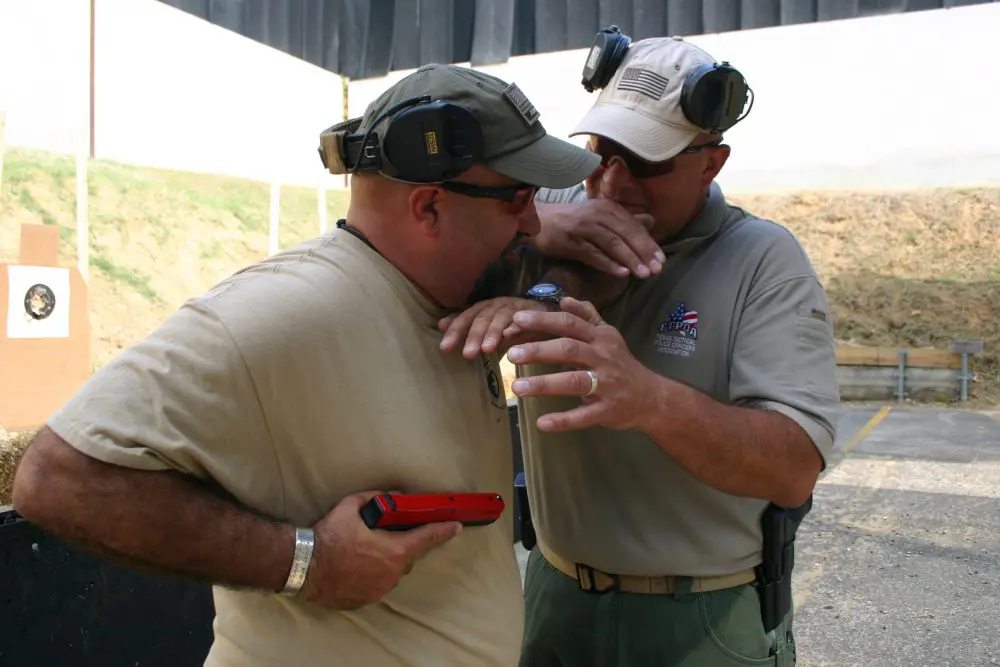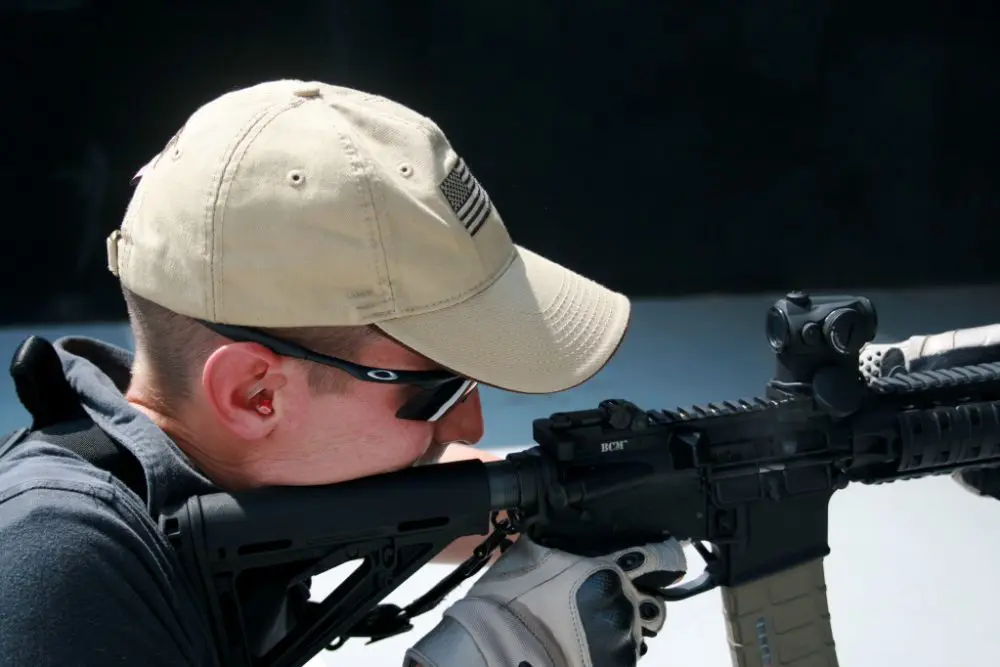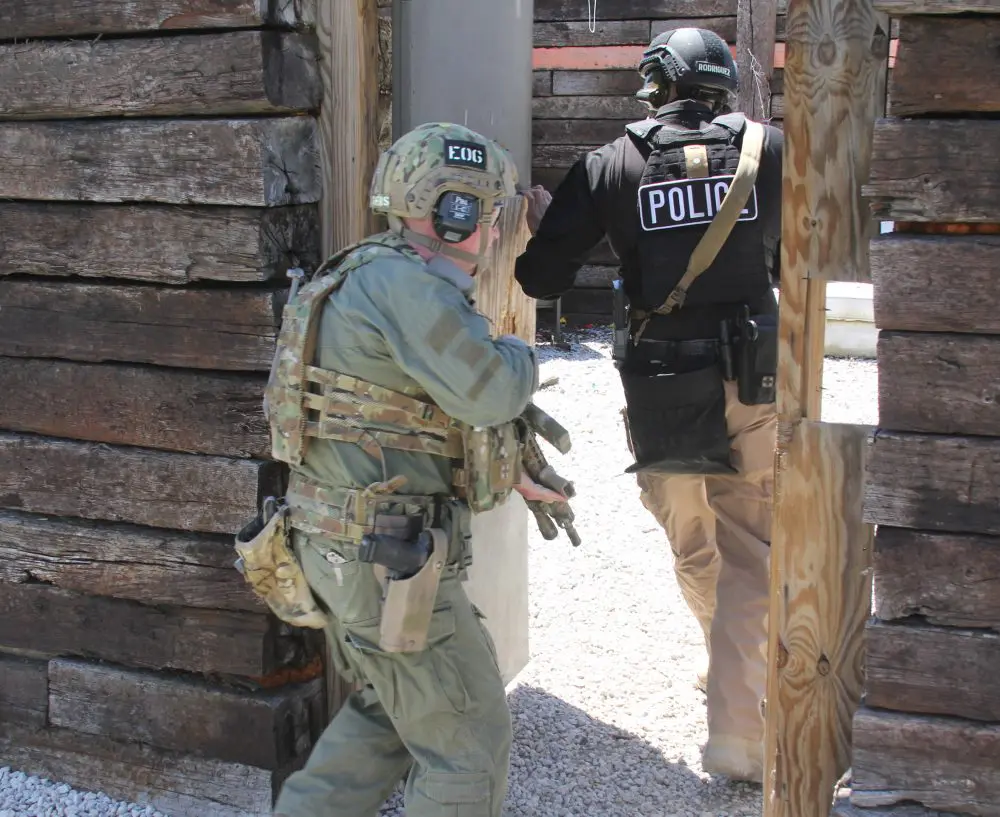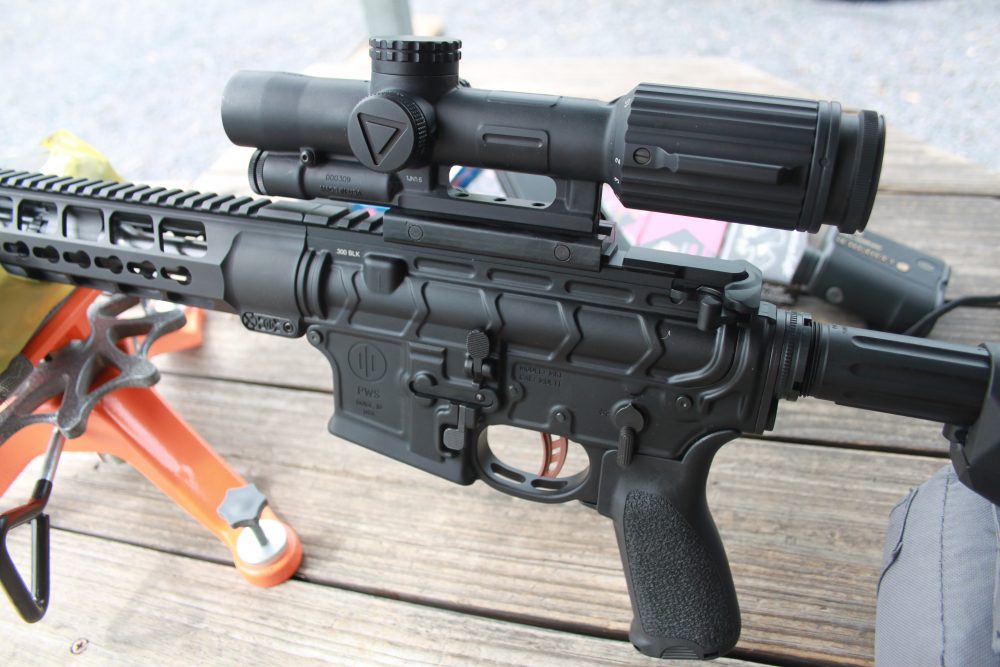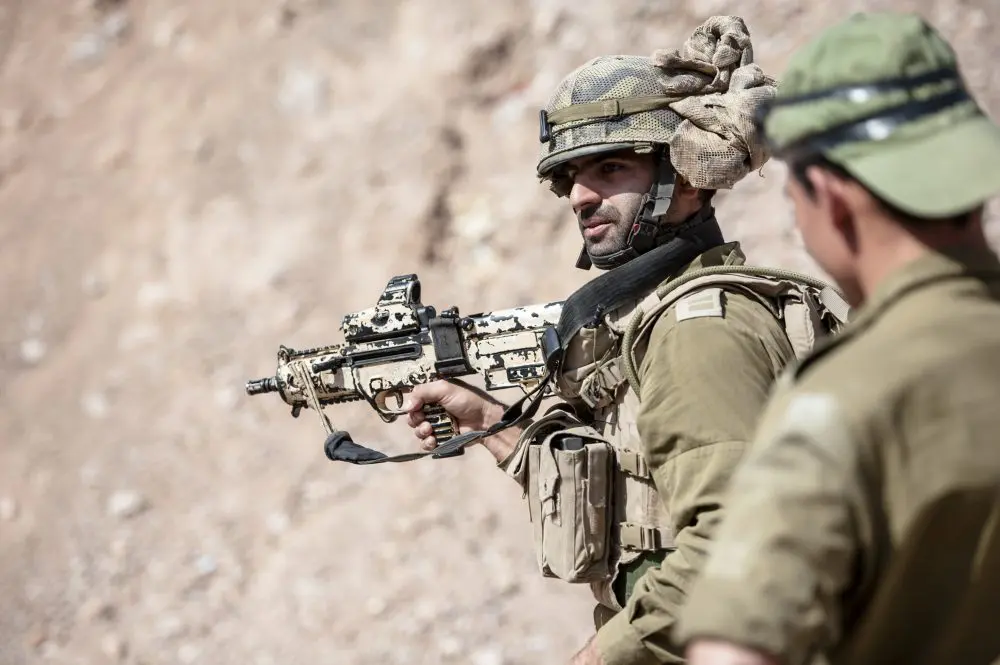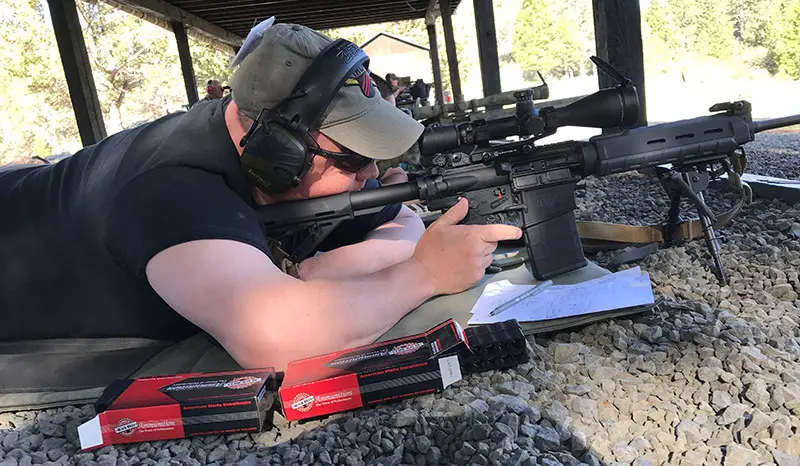In the journalistic trade, hate mail comes with the territory. Though I get “crazy reader” emails only occasionally, during my two decade writing career I’ve been on the receiving end of many barrages of hate mail that called into question my intelligence, ethics and parentage after a particularly juicy story. That is tremendously unfair, since my parents are wonderful people.
I just wanted to assure both regular readers of this column that I’m not intentionally trying to stir the hornets’ nest of indignation, but here goes: I’m not sure we really have a good handle on this whole “active shooter” business. Please note that the “we” I refer to are the law enforcement and private citizen training communities. I exclude the military in this instance, since fragmentation grenades and artillery barrages nicely resolve these types of problems.
Anyway—there, I’ve said it. Let the drool-soaked letters to the editor begin.
I’m bracing myself for the inevitable backlash because there are quite a few divergent—some bordering on fanatical—opinions on this topic. While I’m the first to admit that I don’t have much trigger time in active shooter incidents, I’m fairly certain that when I hear such diametrically opposed “you’re doing this totally wrong” statements on any issue, there is a problem.
Basically, the arguments concerning active shooter response boil down to two armed camps: the “cowboy up” crew and the “stick with the game plan” people.
Proponents of the first theorem argue that in an active shooting situation, few people will wait around for properly trained and equipped friends to arrive in order to execute “accepted” active-shooter tactics. The other camp points out the inherent danger to a single person who is trying to hunt down a dynamic murderer(s).
May I humbly suggest to both camps that there is a middle ground?
First off, I wholeheartedly agree with those who advocate an immediate, one-person response to the problem. Here’s my rationale: when there is gunfire in progress, I find it unbelievable that anyone who reads this magazine would stand around waiting for proper personnel while innocents are being slaughtered. Thus, I don’t know that it is realistic to expect our citizens and police officers to wait for help in the dubious name of self-preservation.
This touches on a related topic that I feel very strongly about: If your primary goal is to remain totally safe, then hang up your guns and become one of the sheep-people. Overall odds are that, as a sheep, you’ll never have a violent confrontation. However, as either a law enforcer or a legally armed citizen, there is a good chance you might find yourself in harm’s way some day. It goes with the territory, Marshal Dillon.
While I constantly preach to my officers about staying safe and going home to their families at the end of the day, I also remind them that there are a few things worthy of injury and death. Protecting innocents, especially kids, from being murdered is one of those things. Yes, I agree that I might end up being killed or somehow making the situation worse, but there is also a great chance that I can abort or shorten the timeline.
I might even save someone’s life. If that life happens to belong to your child, I think you might agree that this is a fair and reasonable trade-off. Essentially, we shouldn’t forget that there are times when “acceptable casualties” are part of the warrior credo.
By now, several readers, especially “experts” in the field, may be screaming, “Hold on just a minute!” The irony is that they are also correct.
There is nothing wrong with the commonly taught active-shooter tactics. If the situation presents itself, I fully plan to utilize these principles. Aside from training, I periodically drill my officers unannounced on such scenarios to gauge their competency and make sure we are ready for action if that day ever arrives. To my humble mind, I believe my “crew” is prepared.
So, given that I support both viewpoints, what am I trying to say?
Basically, this: there is a place in active-shooter training to acknowledge both perspectives. We obviously need to train our people that there is no point in uselessly throwing away our lives in a no-win situation, just as it is equally stupid to wait around for the cavalry to arrive if you can reasonably attack the problem. There are times to charge in like John Wayne just as there are times to coolly execute team tactics.
If faced with a school that is under attack, I will probably go ahead and try to neutralize the threat myself. However, I might choose to wait if I know backup is only seconds away. In another such situation, I might confront a gunman I have pinpointed, yet wait for a team to assemble if facing greater odds such as multiple gunmen.
The cops in the audience make such decisions every day. We constantly evaluate when to wait for backup versus rushing into situations, so why isn’t such realistic decision-making incorporated into active-shooter training?
The problem in my book is that currently we are too dogmatic in this developing field of study. There is certainly a place for standardized formations and other such procedures when responding to a working gunman, but these situations are too variable to lay down dozens of hard-and-fast rules, as I’ve seen done many times in training and literature.
Basically, I am calling for a more realistic viewpoint on active-shooter training. We must acknowledge that there are times where a lone responder can serve a valuable function in the process. Aside from the basics of operating in a team formation, communication and room entry, we need to discuss decision making about when to go and when to stay put. As anyone with practical experience knows, the decision-making phase of an incident is usually the toughest part of the entire process.
I’m sure in the near future that I’ll regret the decision to put this opinion on paper.

